Have you ever felt so concerned about your family’s safety that you’d consider hiring a dangerous bodyguard? In the avian world, one remarkable bird does exactly that—it recruits venomous snakes as live-in security guards. The Rufous-naped Wren, native to parts of Central America, has developed one of the most extraordinary symbiotic relationships in the animal kingdom. This clever bird intentionally builds its nest near active snake nests, creating a surprising alliance that benefits both species. This unusual partnership showcases nature’s ingenuity and demonstrates how even natural enemies can form mutually beneficial relationships when survival is at stake.
The Rufous-naped Wren: Nature’s Strategic Architect
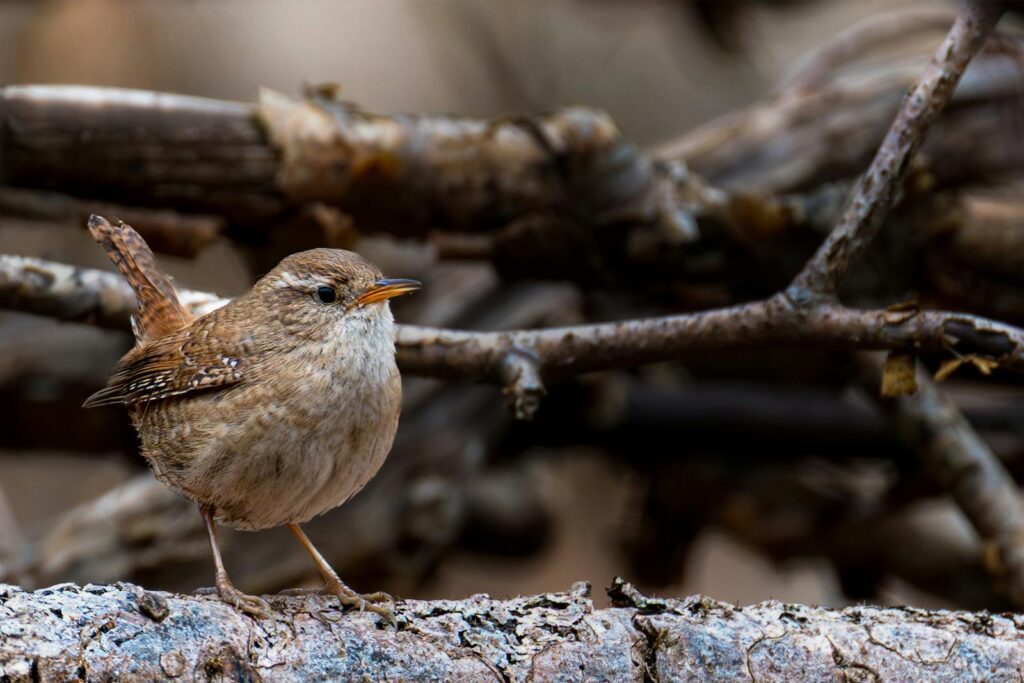
The Rufous-naped Wren (Campylorhynchus rufinucha) is a medium-sized songbird found from southern Mexico to Costa Rica, recognizable by its distinctive rufous nape and spotted plumage. Unlike most birds that avoid dangerous predators at all costs, these wrens have evolved a counterintuitive nesting strategy that involves seeking out rather than avoiding danger. These birds deliberately construct their elaborate, gourd-shaped nests near the dwellings of aggressive paper wasps and—most remarkably—venomous snakes. Their intelligence extends beyond mere nest placement, as they carefully monitor their snake “guards” and maintain a precise distance that ensures protection without endangering themselves. This calculated risk demonstrates remarkable evolutionary adaptation and cognitive sophistication rarely seen in avian species.
The Snakes: Unlikely Guardians with Venom
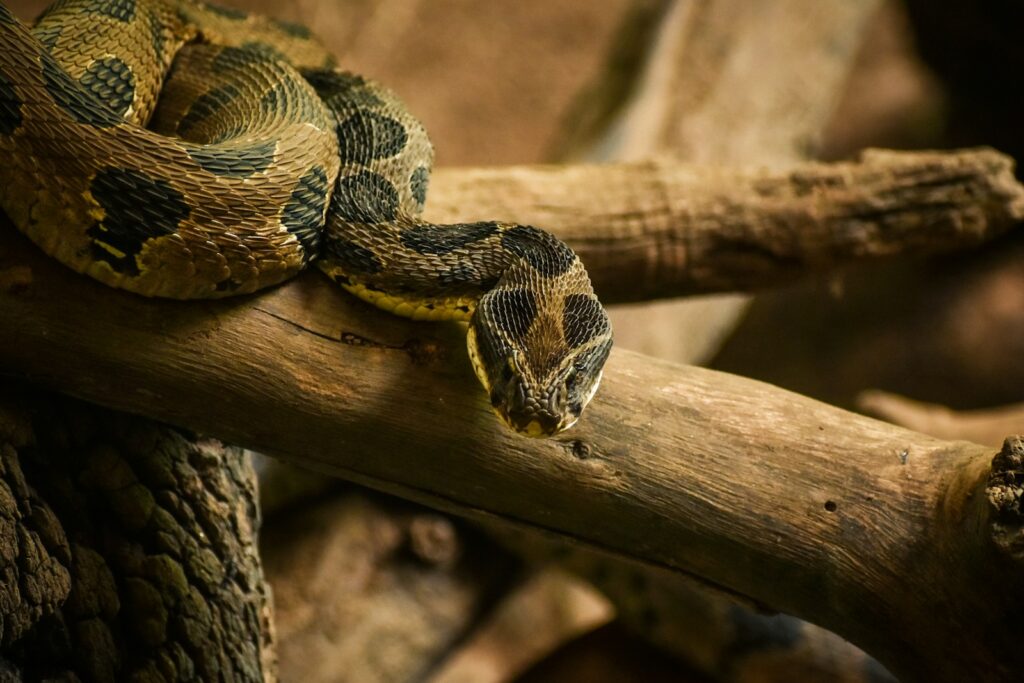
The primary snake species involved in this unusual relationship is the fer-de-lance (Bothrops asper), one of Central America’s most dangerous and feared pit vipers. These venomous snakes possess hemotoxic venom that can cause severe tissue damage, internal bleeding, and potentially death in humans. Despite their fearsome reputation, these reptiles make ideal nest guardians due to their territorial nature and willingness to strike at any potential threats. The snakes typically establish residence in hollow trees or dense vegetation, creating natural defensive perimeters around their territories. Interestingly, while adult fer-de-lances can grow to nearly six feet in length, it’s often the smaller, younger snakes that the wrens prefer as guardians, perhaps because they’re more consistently present at their nests and equally defensive yet less likely to view the birds themselves as prey.
The Science Behind the Symbiosis
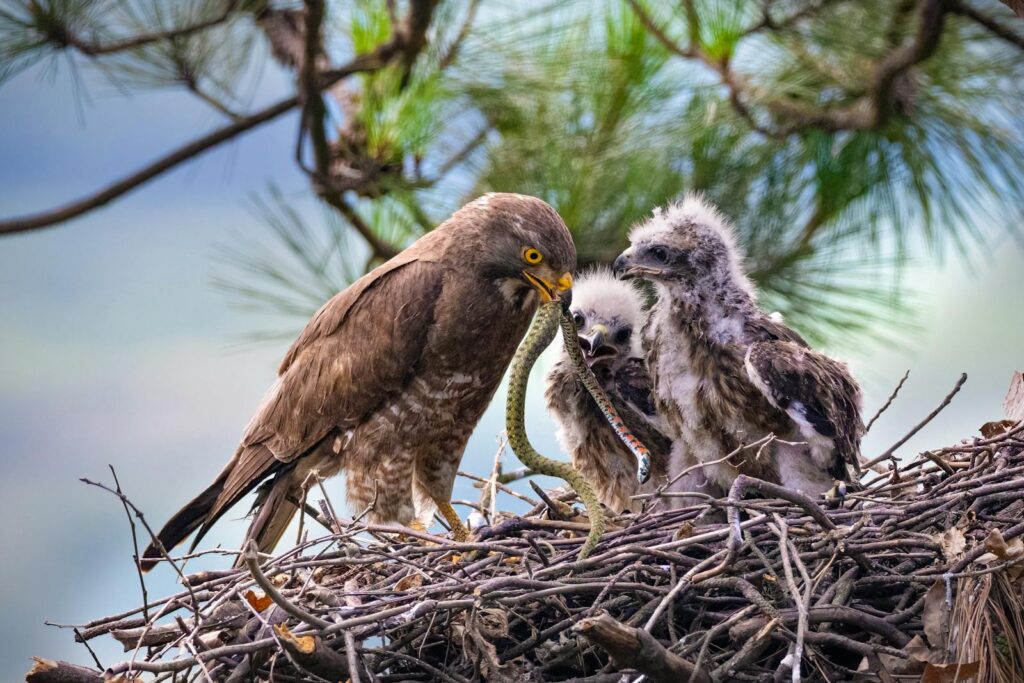
This remarkable relationship represents a classic example of commensalism, where one species (the wren) benefits while the other (the snake) is neither harmed nor significantly helped. The wrens gain invaluable protection from their primary nest predators, particularly tree-climbing mammals and larger predatory birds that would typically raid their nests for eggs and nestlings. Research published in the Journal of Ornithology has documented that wren nests built near snake dwellings experience up to 60% higher success rates than those constructed in snake-free areas. Scientists have observed this behavior across multiple wren populations, confirming it’s not an isolated or coincidental phenomenon but rather an evolved behavioral adaptation. Through careful observation and controlled studies, researchers have determined that the birds can distinguish between venomous and non-venomous snake species, preferentially selecting the former as their protectors.
Nest Construction Techniques
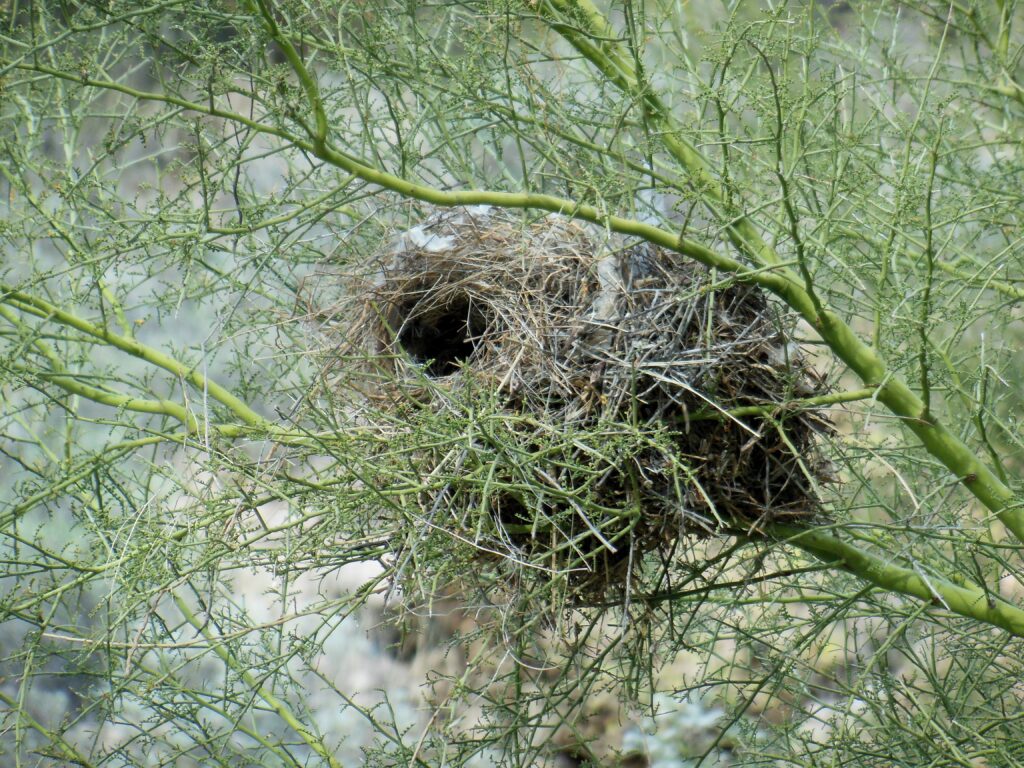
The Rufous-naped Wren constructs elaborate dome-shaped nests with side entrances, typically placed in thorny trees or shrubs. When building near snake territories, they adapt their construction techniques to maintain an optimal safety distance—close enough for protection but far enough to avoid becoming prey themselves. The nests feature thick walls made from tightly woven plant fibers, creating a sturdy structure that helps protect against both weather and potential predators. Researchers have noted that nests built near snake dwellings often incorporate additional protective features, including narrower entrance holes and more complex approach paths that would make it difficult for larger predators to access. The wrens typically spend between one and two weeks constructing these architectural marvels, with both males and females participating in the building process.
The Delicate Balance of Distance
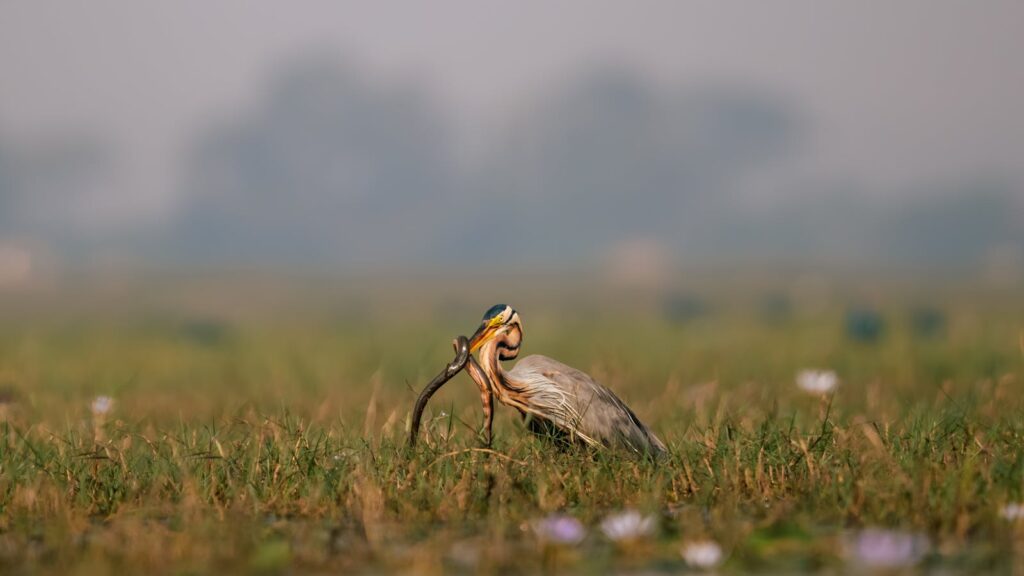
Perhaps the most fascinating aspect of this relationship is the precise spatial calculation the wrens must make when establishing their nests. Too close to the snakes, and the birds themselves might become prey; too far, and they lose the protective benefits. Studies conducted by researchers at the University of Costa Rica have determined that the optimal distance typically falls between 1-2 meters from the snake’s residence. At this distance, the wrens gain protection without significant risk to themselves or their offspring. The birds appear to continuously monitor the snakes’ behavior and will sometimes abandon a nest site if the snake relocates or if its behavior becomes unpredictable. This constant risk assessment demonstrates remarkable spatial awareness and decision-making abilities that challenge our understanding of avian cognition.
Predators Deterred by the Snake Alliance
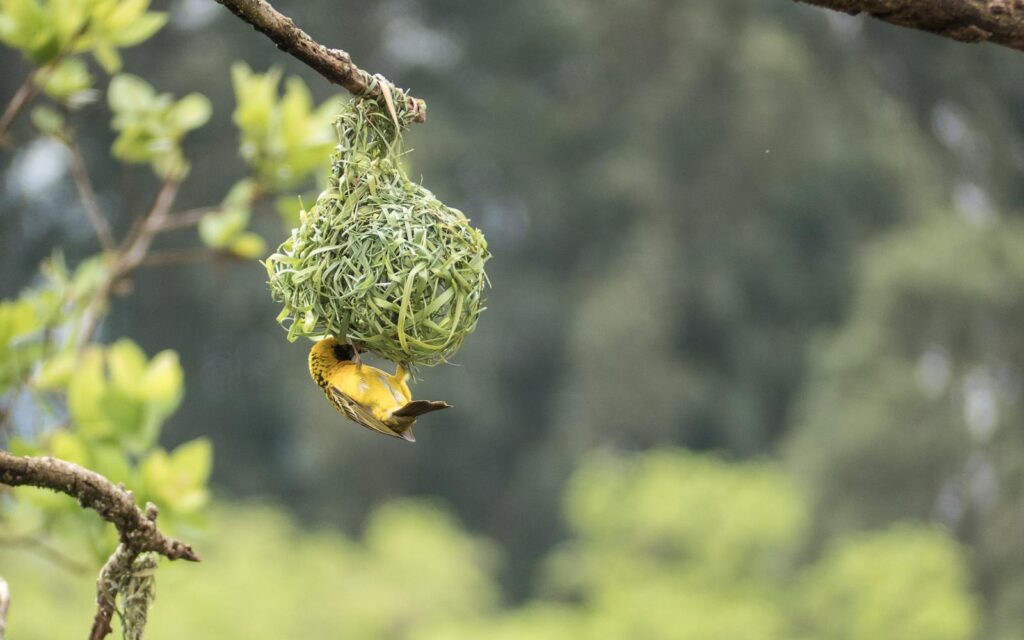
The primary predators deterred by this snake-bird alliance include tree-climbing mammals such as opossums, coatis, and monkeys that would typically raid bird nests for eggs and chicks. These mammals have an innate fear of venomous snakes and will generally avoid areas where they detect snake presence. Larger predatory birds like hawks and owls are similarly discouraged by the presence of snakes, as they represent a potential threat even to these formidable aerial hunters. Camera trap studies have documented numerous instances where potential predators approach wren nests but retreat immediately upon detecting snake presence nearby. The effectiveness of this strategy is evident in comparative studies showing that nests with snake guardians experience predation rates of less than 20%, compared to 70-80% for unprotected nests in similar habitats.
Evolution of the Relationship
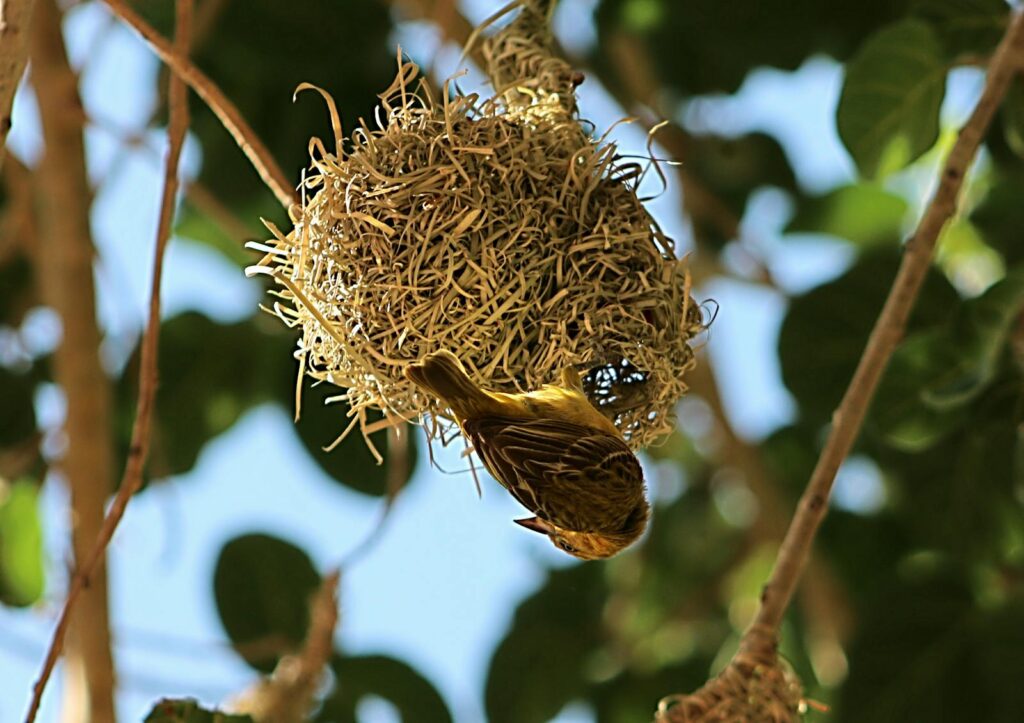
The evolution of this remarkable relationship likely occurred gradually over thousands of generations through a process of natural selection. Initially, wrens that happened to nest near snakes by chance may have experienced better reproductive success due to decreased predation. This reproductive advantage would have gradually led to genetic predispositions toward seeking out snake territories for nesting. Comparative studies with related wren species suggest this behavior emerged approximately 10,000-15,000 years ago, coinciding with shifts in forest composition and predator populations in Central America. Genetic analysis reveals that populations of Rufous-naped Wrens that regularly employ the snake-guardian strategy show distinct genetic markers associated with risk assessment and spatial reasoning when compared to populations that don’t exhibit this behavior. This represents a fascinating example of behavioral evolution occurring relatively rapidly on evolutionary timescales.
Benefits to the Snakes
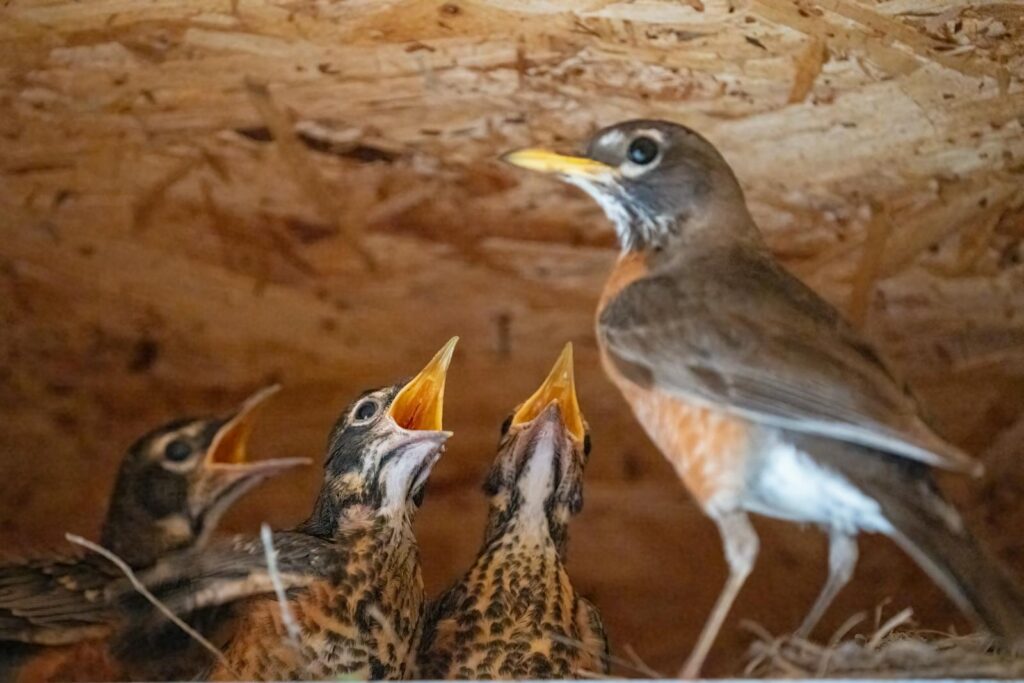
While the relationship is primarily classified as commensalism, some researchers have proposed subtle benefits the snakes might receive, potentially shifting the relationship toward mutualism. The busy activity of nesting birds may attract small mammals and reptiles that constitute the snake’s natural prey, effectively serving as bait that brings meals closer to the snake’s striking range. Additionally, the birds’ alarm calls when predators approach serve as an early warning system that may benefit the snakes as well. Some herpetologists have observed that snakes with wren neighbors tend to be more alert to approaching threats than isolated snakes, suggesting they may learn to associate bird alarm calls with potential danger. In rare instances, researchers have documented snakes consuming predators that were initially targeting the bird nests, essentially getting an easy meal while simultaneously maintaining their protective role.
Similar Relationships in Nature
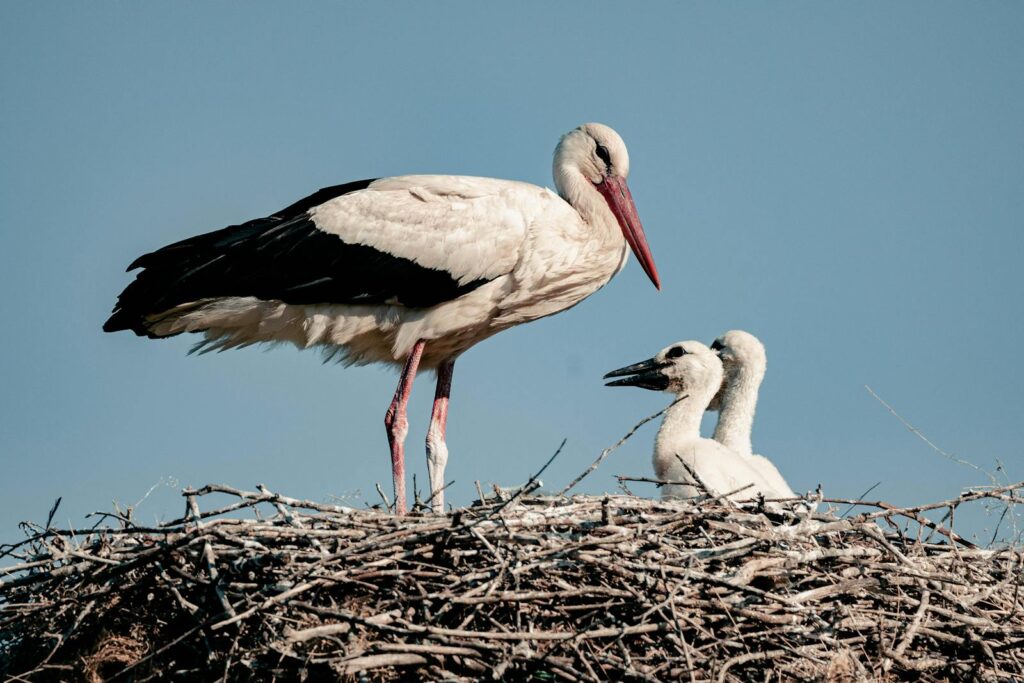
The wren-snake relationship, while unusual, is not unique in the natural world. Other examples of protective symbiosis include nesting birds that build homes near wasp or bee colonies for similar protective benefits. The African hornbill, for instance, often nests near aggressive bee colonies that deter predators, while certain hummingbird species in the Americas place their nests near hawk nests, taking advantage of the territorial nature of these predatory birds to keep other threats at bay. In marine environments, certain species of fish seek protection by swimming among the tentacles of jellyfish or sea anemones that would be deadly to their predators. What distinguishes the wren-snake relationship, however, is the deliberate selection of venomous rather than merely aggressive protectors, representing one of the most counterintuitive protective strategies observed in nature.
Conservation Implications
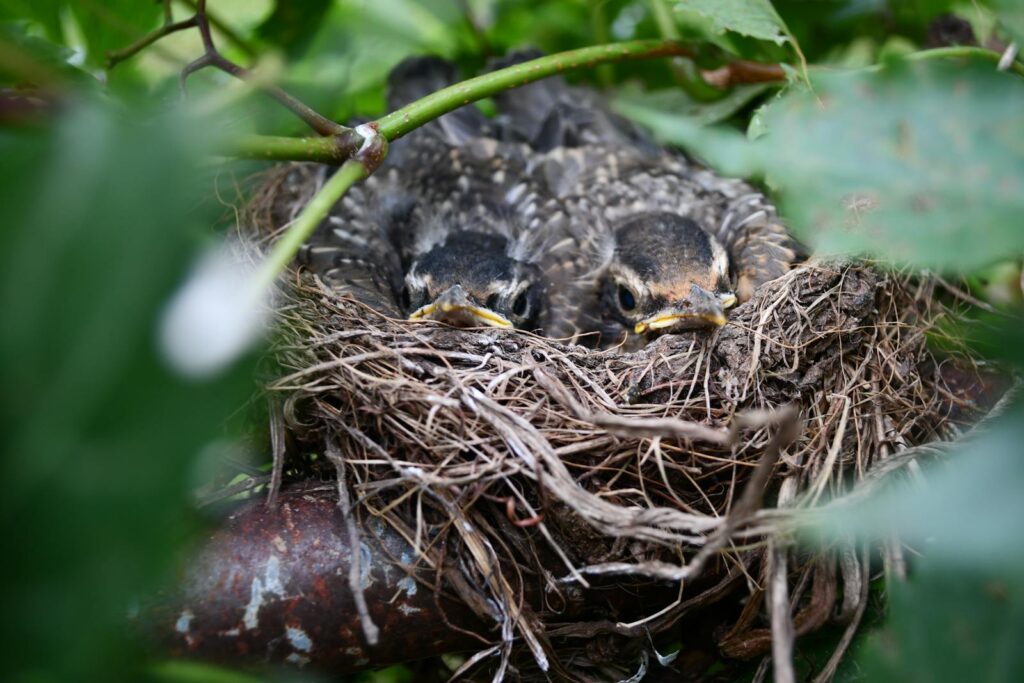
This specialized relationship highlights important conservation concerns for both species involved. Habitat fragmentation due to agricultural expansion in Central America threatens to disrupt these intricate ecological relationships by separating snake populations from suitable wren habitats. Additionally, snake persecution by humans who fear venomous species creates additional pressure on these reptiles, indirectly affecting the wrens that depend on them for protection. Conservation programs in Costa Rica and Nicaragua have begun incorporating education about this remarkable relationship to foster greater tolerance for snakes among local communities. Protected areas that maintain intact forest ecosystems are crucial for preserving these complex ecological interactions, as they require natural predator-prey dynamics to function properly.
Research Challenges and Methods
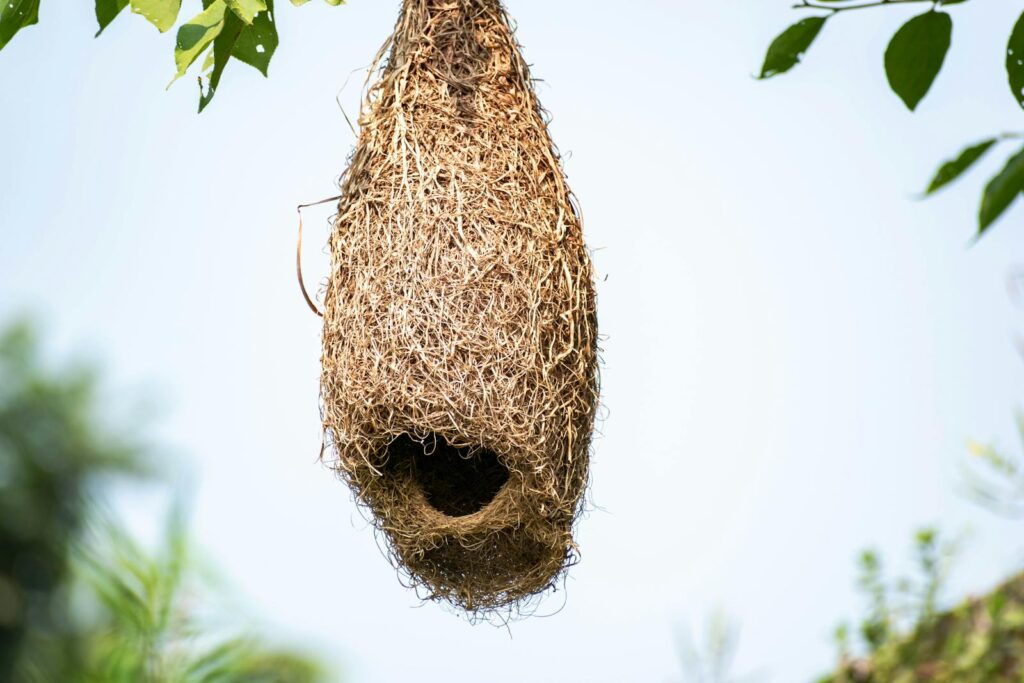
Studying this unique relationship presents numerous challenges for researchers. The venomous nature of the snakes makes direct observation dangerous, requiring special techniques and safety protocols. Scientists typically employ remote camera traps with infrared sensors to monitor interactions without disturbing either species. Radio transmitters attached to both birds and snakes help track movements and establish spatial relationships between nests. DNA analysis of predator saliva left on artificial eggs placed in experimental nests provides concrete evidence of which predators are deterred by snake presence. One particularly innovative research method involves using robotic snakes with varying characteristics to test the wrens’ ability to distinguish between venomous and non-venomous species, revealing sophisticated discrimination abilities previously unknown in birds.
Cognitive Implications
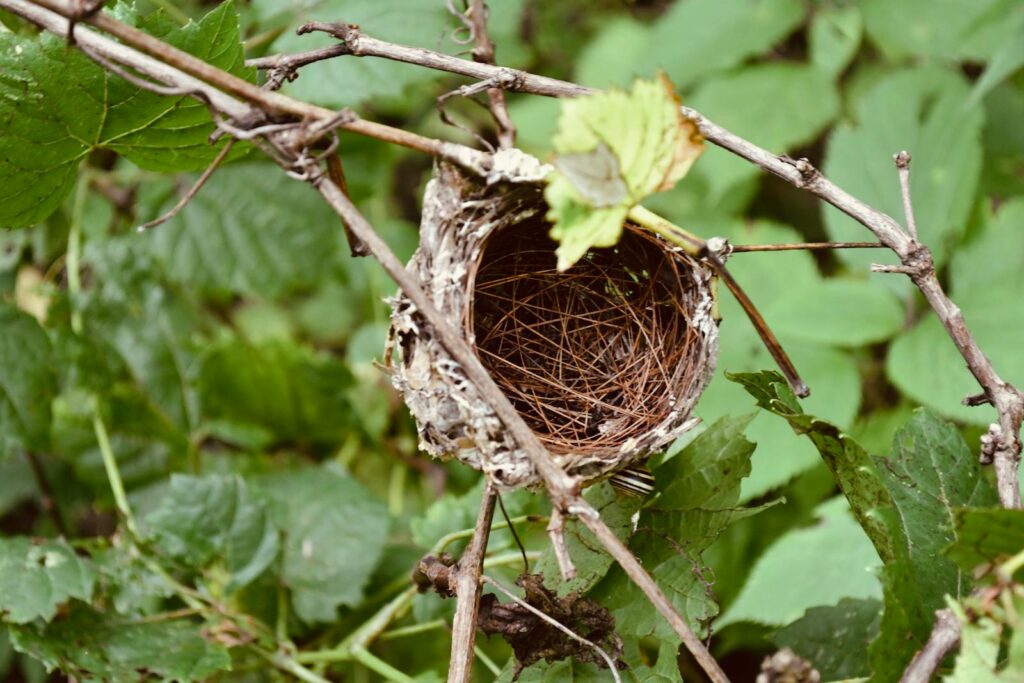
The wren’s ability to identify and strategically utilize dangerous snakes as protectors suggests cognitive abilities far beyond what was previously attributed to birds this size. This behavior requires spatial reasoning, risk assessment, species identification, and complex decision-making processes traditionally associated with larger-brained animals. Neurobiological studies comparing brain structures of Rufous-naped Wrens with related species show enlarged hippocampal and prefrontal regions, areas associated with spatial memory and executive function. These findings challenge conventional understandings of avian intelligence and suggest that ecological pressures can drive the evolution of sophisticated cognitive strategies even in relatively small-brained animals. Some researchers now place these wrens alongside corvids (crows and ravens) and parrots in terms of problem-solving abilities and behavioral flexibility, despite their much smaller brain size.
Cultural Significance and Human Parallels
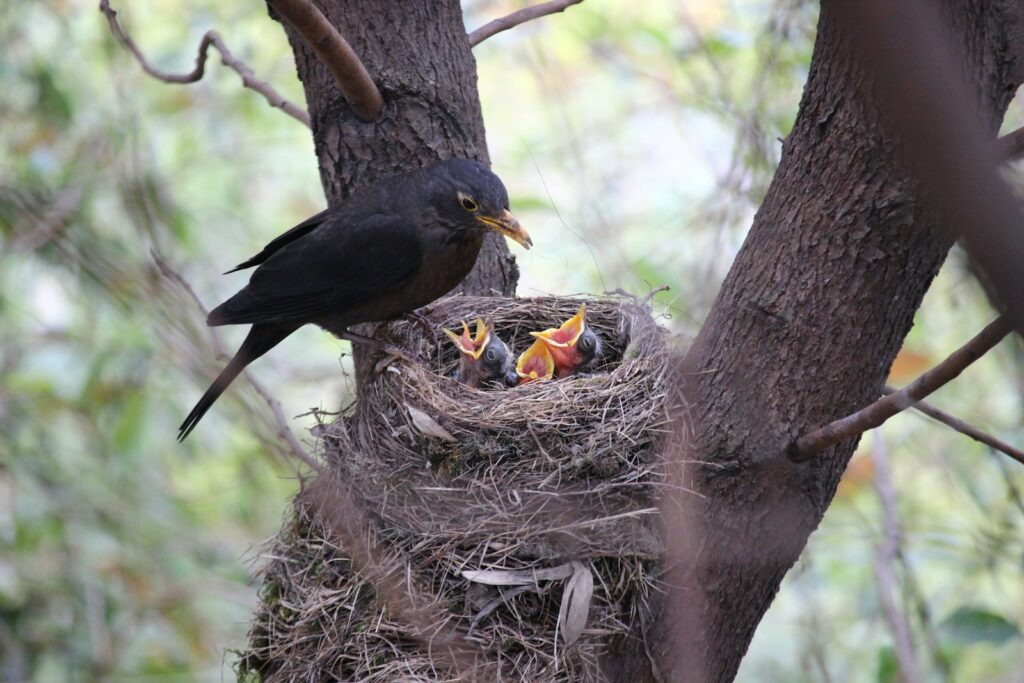
Indigenous communities throughout Central America have long observed this fascinating relationship, incorporating it into their folklore and traditional ecological knowledge. Many local stories personify the wren as a clever trickster who befriends the dangerous snake through cunning negotiations. Some traditional agricultural practices in the region deliberately preserve snake habitats near farms to attract these wrens, recognizing their value as insect controllers and appreciating the remarkable natural drama that unfolds. Modern security theorists have even drawn parallels between this natural phenomenon and human security strategies that involve using deterrents rather than direct defenses, pointing to the wren as a natural example of what military strategists call “security through deterrence.” This bird’s strategy reminds us that in both natural and human worlds, sometimes the best protection comes not from fighting all threats directly, but from strategically aligning with powerful forces that others fear.
Conclusion
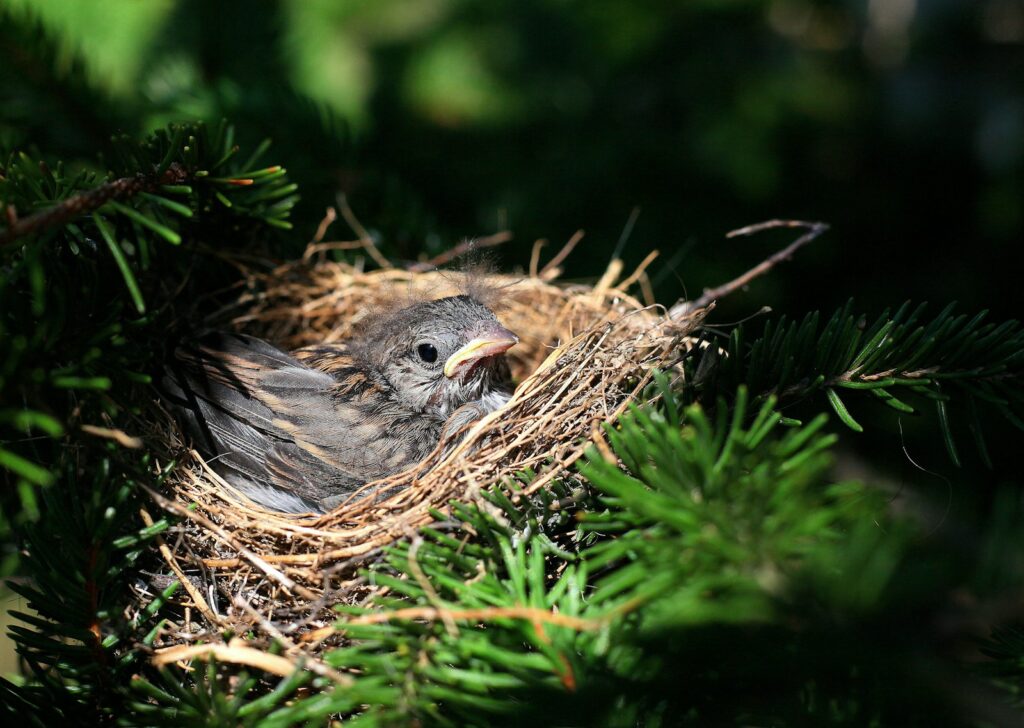
The remarkable relationship between the Rufous-naped Wren and venomous snakes represents one of nature’s most fascinating examples of interspecies cooperation. Through evolutionary adaptation and cognitive sophistication, these small birds have transformed potential predators into effective guardians, dramatically improving their reproductive success. This relationship challenges our understanding of avian intelligence and reminds us of the complex ecological webs that sustain biodiversity. As habitats face increasing pressure from human activities, preserving such intricate relationships becomes ever more important. The snake-guarded nests of these ingenious birds stand as a powerful reminder that in nature, survival often depends not on avoiding all dangers, but on turning some dangers to one’s advantage through adaptation and strategic coexistence.
